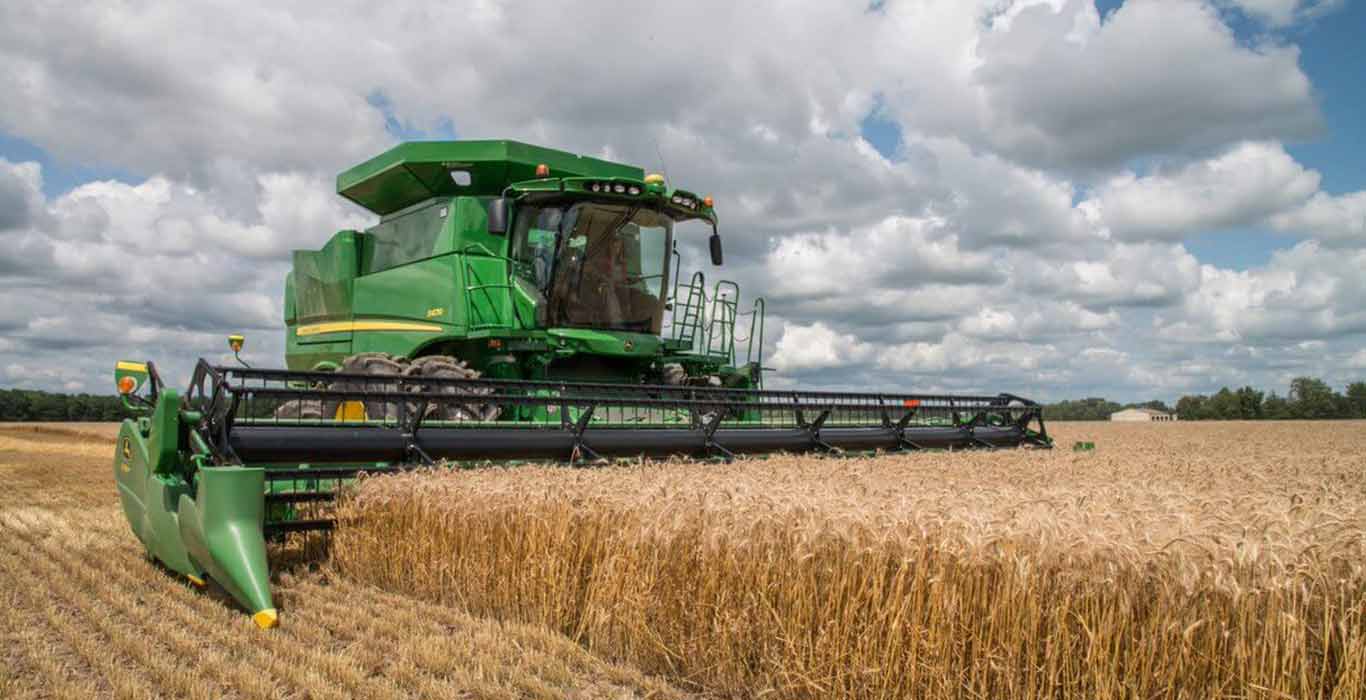High Prices Not Enough to Stop India's Wheat Planting Boom
- 06-Feb-2023 3:32 PM
- Journalist: Gabreilla Figueroa
MUMBAI [India]: India's Wheat plantings remained steady in the face of a record-breaking price rally for the staple, even as farmers in a major producing state made the switch to rapeseed to take advantage of its even higher prices. Data from the farm ministry released on Monday showed that Wheat planting area may not meet expectations, as last year's output fell due to a heatwave that caused New Delhi to ban exports. This was compounded by limited supplies from Black Sea region nations, owing to Russia's invasion of Ukraine.
India, the world's biggest edible oil importer, could reduce its overseas purchases of Palm oil, Soyoil and Sunflower oil, thanks to an expected rise in production of rapeseed. Farmers are increasingly turning to Wheat cultivation, as they can earn better profits than other crops.
The Ministry of Agriculture & Farmers' Welfare released data showing that for the 2022/23 crop year, the area under Wheat in India has risen to 34.32 million hectares (84.8 million acres), which is a 0.4% increase from last year's 34.18 million hectares. India only grows one Wheat crop per year, with planting occurring in October and November, and harvesting taking place from March onwards.
In January, domestic Wheat prices reached a historic high of 32,500 rupees ($393.36) per tonne, making it well beyond the government-fixed buying price of 21,250 rupees. In a surprising development, farmers in Madhya Pradesh - India's leading producer of Wheat - shifted to growing oilseeds instead of Wheat. This move has impacted the availability and prices of Wheat across the country.
Area under Rapeseed, a key winter-sown oilseed crop, jumped dramatically to a record 9.8 million hectares this year – up 7.4% from the same period last year. This helped drive the total area of winter-sown crops to an all-time high of 72.07 million hectares – higher than last year, 69.8 million hectares – thanks to a 32% rise in rice sowing (to 4.63 million hectares). Beneficial late rains in October provided ample soil moisture levels to enable farmers to boost their Wheat, Rapeseed, and other crop acreage.




